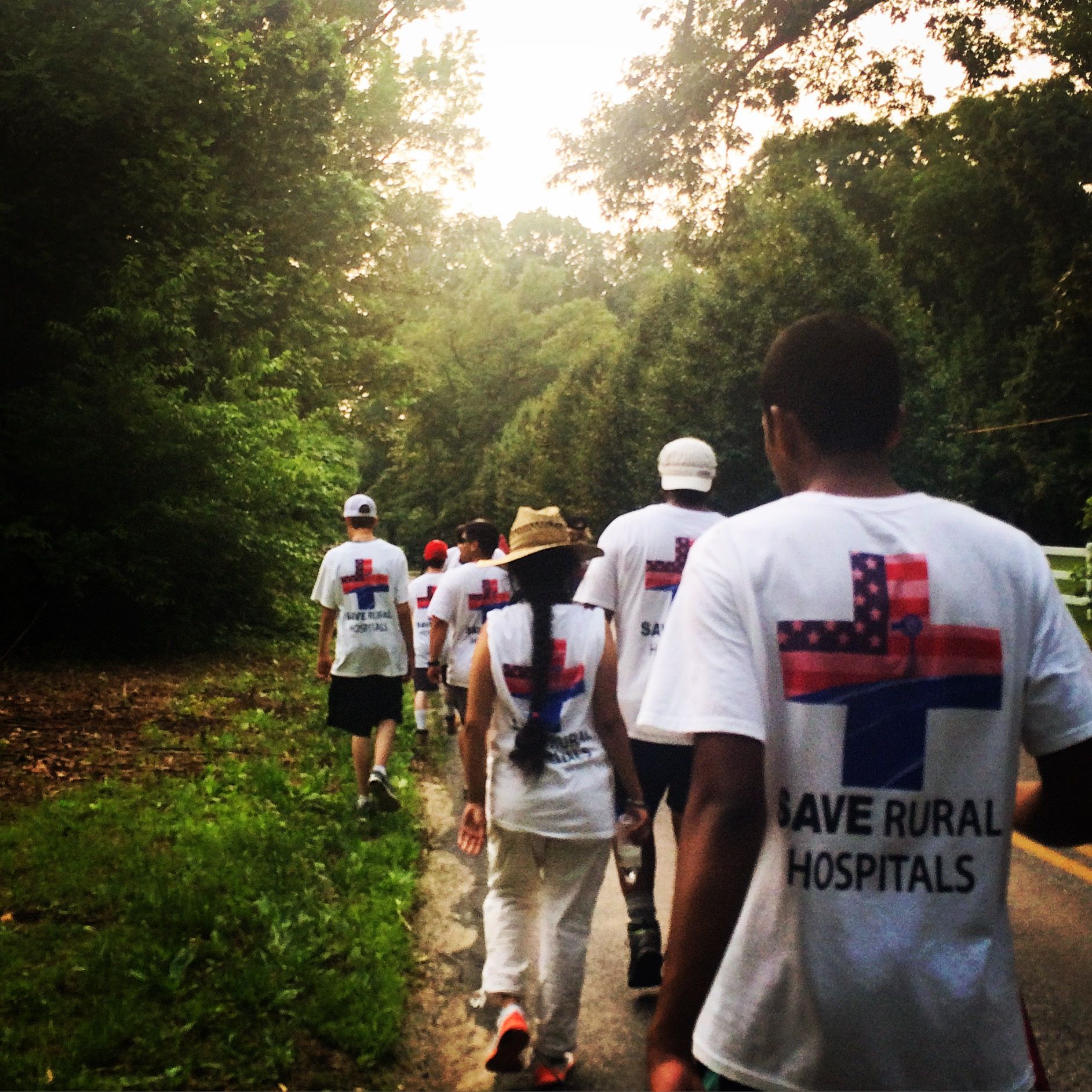
For many white folks the news that Donald Trump would be the 45th President of the United States elicited shock, disbelief, confusion, and outrage. Conspicuously missing was the realization that the impossible had long been possible and that many of us either weren’t aware of or didn’t want to acknowledge that. For many waking up in a Trump America, it was never in doubt as to whether or not the seemingly impossible was possible. The country was founded on stolen land and genocide, whose system was designed from the start to protect the interests of the wealthy, landed, slave-owning white males who created it; centuries later that system continues working as planned. Deeply ingrained in the fabric of the United States are biases, prejudices, rationalities and tools of white supremacy, patriarchy, xenophobia, Islamophobia, anti-Semitism, homophobia, transphobia, and more. They were here long before the 2016 election, and won’t be addressed by voting in a new administration. So, where do we go from here?
With the holidays upon us, many articles are suggesting how to avoid the ‘difficult’ conversations with family members at the dinner table, how to sidestep `those’ issues. What we need now is not a guide on how to sidestep conversations, but rather a path for engagement. The answer lies in organizing.
Bob Zellner, son and grandson of members of the Ku Klux Klan, recently shared his experience organizing for civil rights deep in Mississippi in the 1960s. When he and the Student Nonviolent Coordinating Committee (SNCC) were told, “You can’t organize in Mississippi,” they replied, “Okay, that’s where we’re going, we’re going to Mississippi, because yes we can organize there and we’ve got to take this terror of lynching away from the enemy. We’re not afraid, we know that we may die, but we’re going to go ahead and do it anyway.” Using a model of organizing he was taught by Ms. Fannie Lou Hamer, Zellner recounts, “So we were working with [Ms. Hamer], and she says to us, ‘Well a lot of these people you have to work with them on a material basis: They need a job, and they need their kids to be taken care of. And so whatever they feel about race, that’s secondary to whatever they need.’ We extrapolated that to, if people need a good union, a good strong union, they’re going to have to work Black and white together to get that.”
This isn’t new, and doesn’t require reinventing the wheel. Organizers have long been implementing strategies to organize in spaces that are often written off as impossible to reach or too entrenched in their ways. Having a strategy, being able to actively listen, drawing connections between shared experiences, speaking to matters of material needs, and allowing others to engage critically with what you’re discussing rather than turning the conversation into a tirade or a lecture can plant a seed. Instead of responding, particularly in anger, delegating the response back to the person you’re speaking with can allow them to articulate their positions – maybe for the first time – and reflect. Challenge them to see how their story connects on a broader scale with stories from communities of color and other marginalized communities.
A key point of differentiation to focus on then is, how do you benefit? For instance, white neighborhoods get better public services, more affordable housing and less segregation could threaten that. Are you willing to give that up for your vision – of more affordable housing, quality education, healthcare, or whatever the issue may be? We don’t have all the answers yet, but we know that our communities need to be radically different than they are at present and that much work needs doing. In the era of the endless election cycle, it can be hard to break free of the idea that a candidate for elected office will be able to deliver sustained and meaningful change for a community. More than ever, we need to be affirming that movements for justice and dignity are not leaderless, but as Barbara Ransby says, leader-full and that we are the vanguard of change we seek for our futures.
Mariame Kaba, an organizer, educator, and writer whose work focuses on ending violence, dismantling the prison industrial complex, and supporting youth leadership development writes, “I really am 100% in favor of white people stretching their hands out in love & solidarity with their white cousins. Please go to it. What you should not expect is for me to do this? It makes no sense. A Black Muslim woman traipsing to West Virginia to organize white folks there is bonkers. It doesn’t make sense at all. White folks, yes.”
Building these relationships is most effective when done on a local level, addressing something issue-specific, and where a relationship is preexisting. While the work of engaging white people on issues of race, gender, sexual orientation, gender identity, religion, ability, and so much more can be mentally exhausting, emotionally damaging, and physically perilous, white folks are in a unique position to leverage the privileges and powers that we have been the beneficiaries of under white supremacy to engage with the difficult work of organizing our own communities. If it’s a starting point you need, look to your own community, be it municipal, familial, faith communities, student organizations, coworkers, or other forms of association.
This is a call to engagement, not disengagement; to strategic action; and most importantly, to organizing. Begin educating yourself and those in your community on the building blocks of organizing. Attend trainings – and if there aren’t trainings available where you live, collaborate to bring them there. White folks, we need to be doing the hard work of organizing our families, our neighbors, our friends, our coworkers – regardless of who won in November – the work has always been there, and continues to call us to do it.
(Photo Credit: Kairos Center)